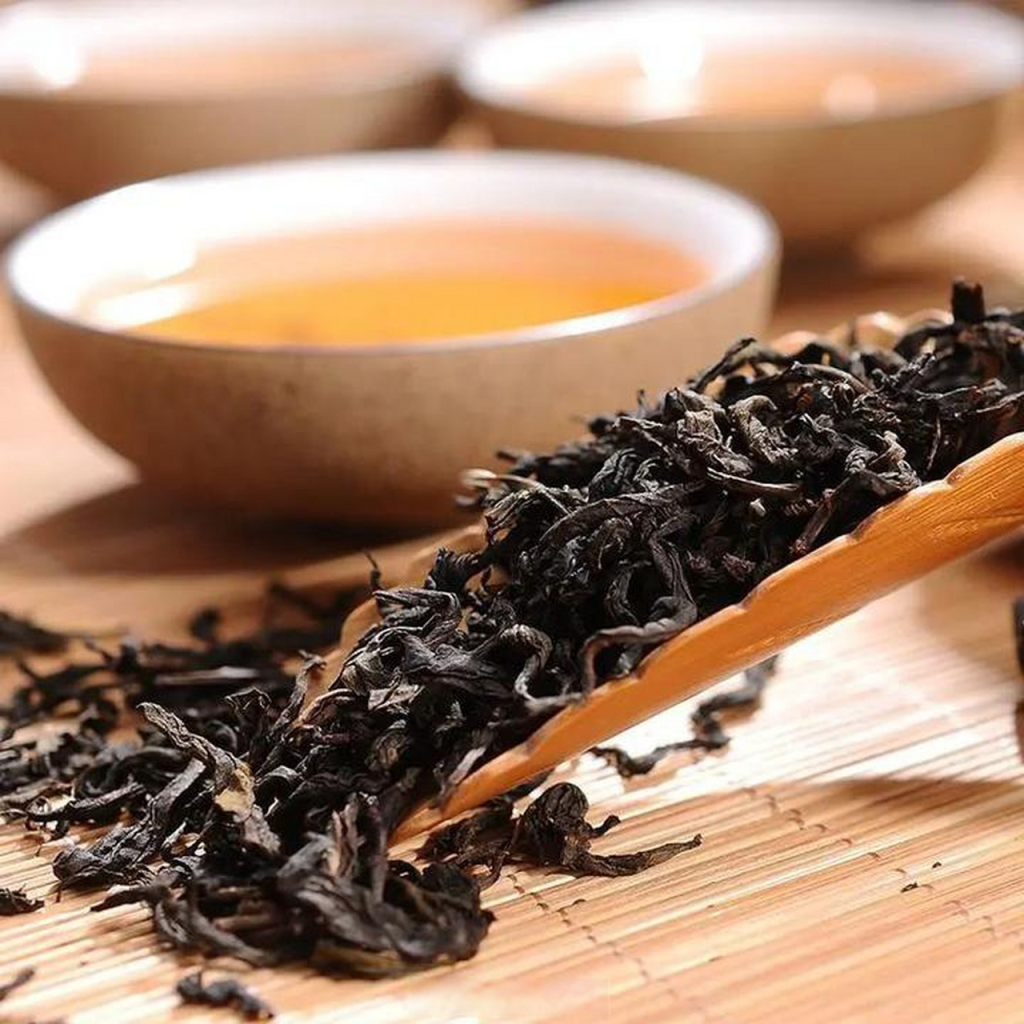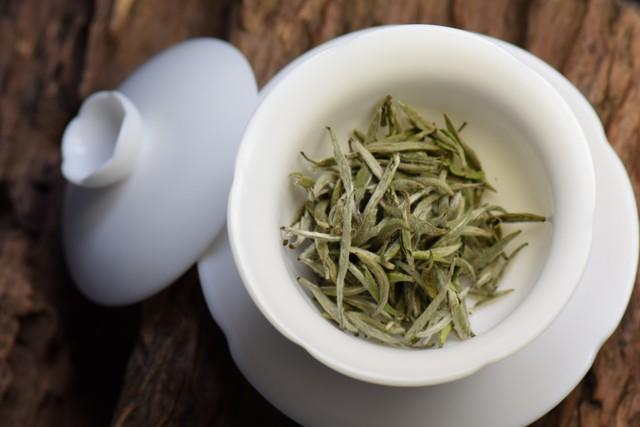The production method of Oolong tea, also known as Qing tea, is a blend of the production techniques of green tea and black tea. It involves a series of intricate steps to achieve its unique flavor and aroma. Here is an overview of the process:

- Picking: The harvesting of Oolong tea leaves is typically done when the tea buds have grown into fully expanded leaves, known as “open-face picking”. This usually involves picking 2 to 4 leaves at once.
- Withering (Sun-drying): The freshly picked tea leaves are sun-dried to develop the characteristic aroma of Oolong tea. This process helps to volatilize the grassy smell and bring out the fresh aroma.
- Making Fixation (Fermentation): This is a crucial step in the production of Oolong tea. It involves alternating shaking and drying the leaves until they reach the desired quality. The number of shakes, speed, and duration all significantly impact the final aroma and taste of the tea. During this process, several changes occur:
- Color Change: The edges of the leaves turn red due to friction during shaking, creating the “green leaf with red edges” appearance.
- Aroma Change: The aroma evolves from grassy to floral, fruity, and eventually sugary as the fermentation progresses.
- Taste Change: The taste becomes less plant-like and more fermented as the process continues.
- Fixation (Killing): This step uses high heat to stop the oxidation process, stabilizing the color, aroma, and taste of the tea. The timing of this step is crucial to avoid either an unfinished aroma or over-oxidation.
- Rolling (Shaping): The tea leaves are rolled to form the desired shape, which also helps to break the leaf cells and release the juices, enhancing the flavor when brewed.
- Drying: This step fixes the shape and aroma of the tea by removing excess moisture, making it easier to store. For Qingxiang-style Oolong tea, low-temperature baking is used (typically 60-70°C) until the tea is thoroughly dried.
- Sorting: The tea leaves are sieved to remove stems and fragments. For Qingxiang-style tea, this is the final step. However, for Nongxiang-style Oolong tea, additional baking is required.
- Additional Baking (for Nongxiang-style): This step enhances the aroma and taste of the tea, giving it a unique fired flavor. Nongxiang-style Oolong tea is easier to store and its flavor can continue to develop over time.
In summary, the production of Oolong tea is a delicate balance of traditional techniques and precise timing, resulting in a tea that combines the freshness of green tea and the mellowness of black tea.



